In the belly of the machine
02 Dec 2023 - 21 Jan 2024
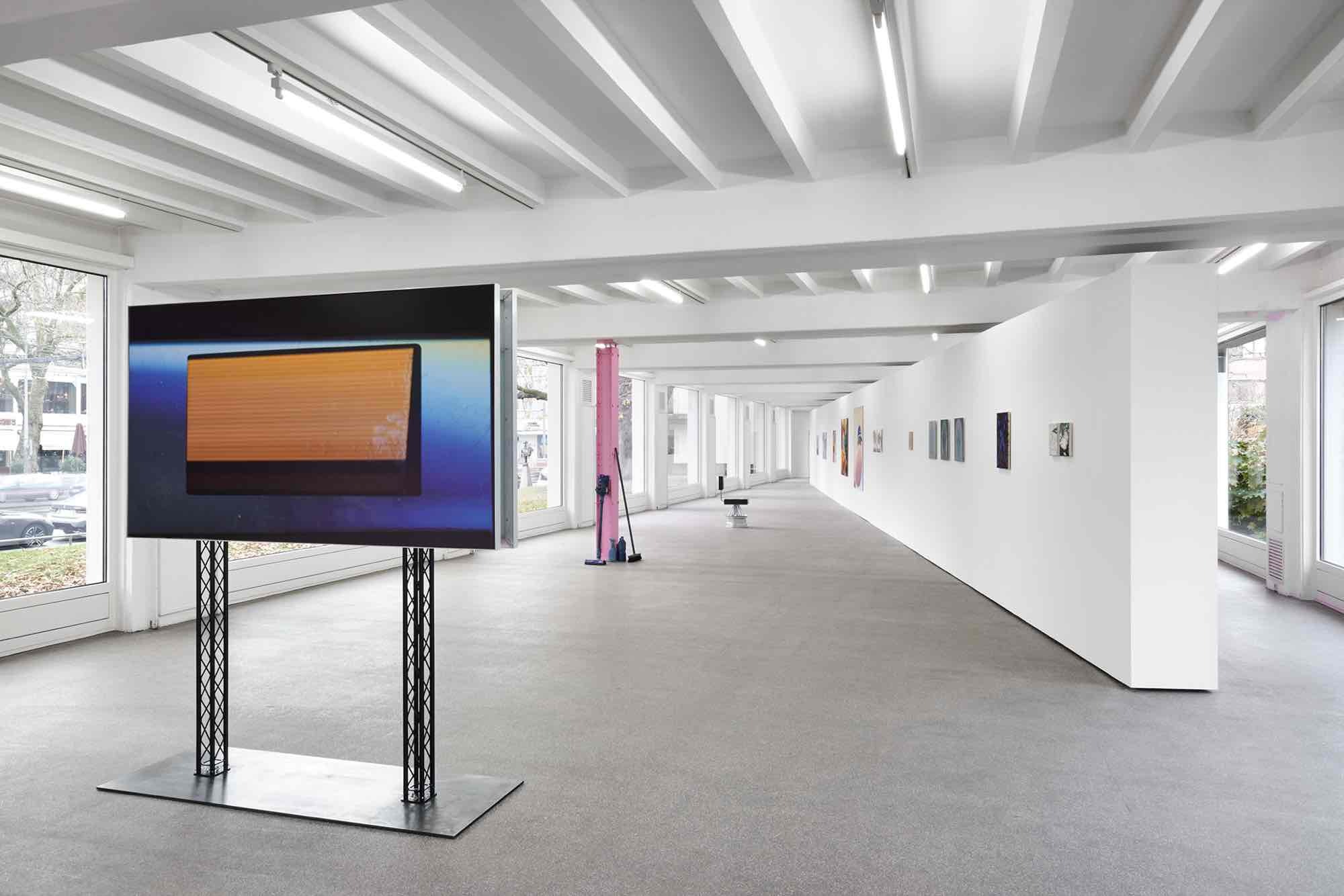

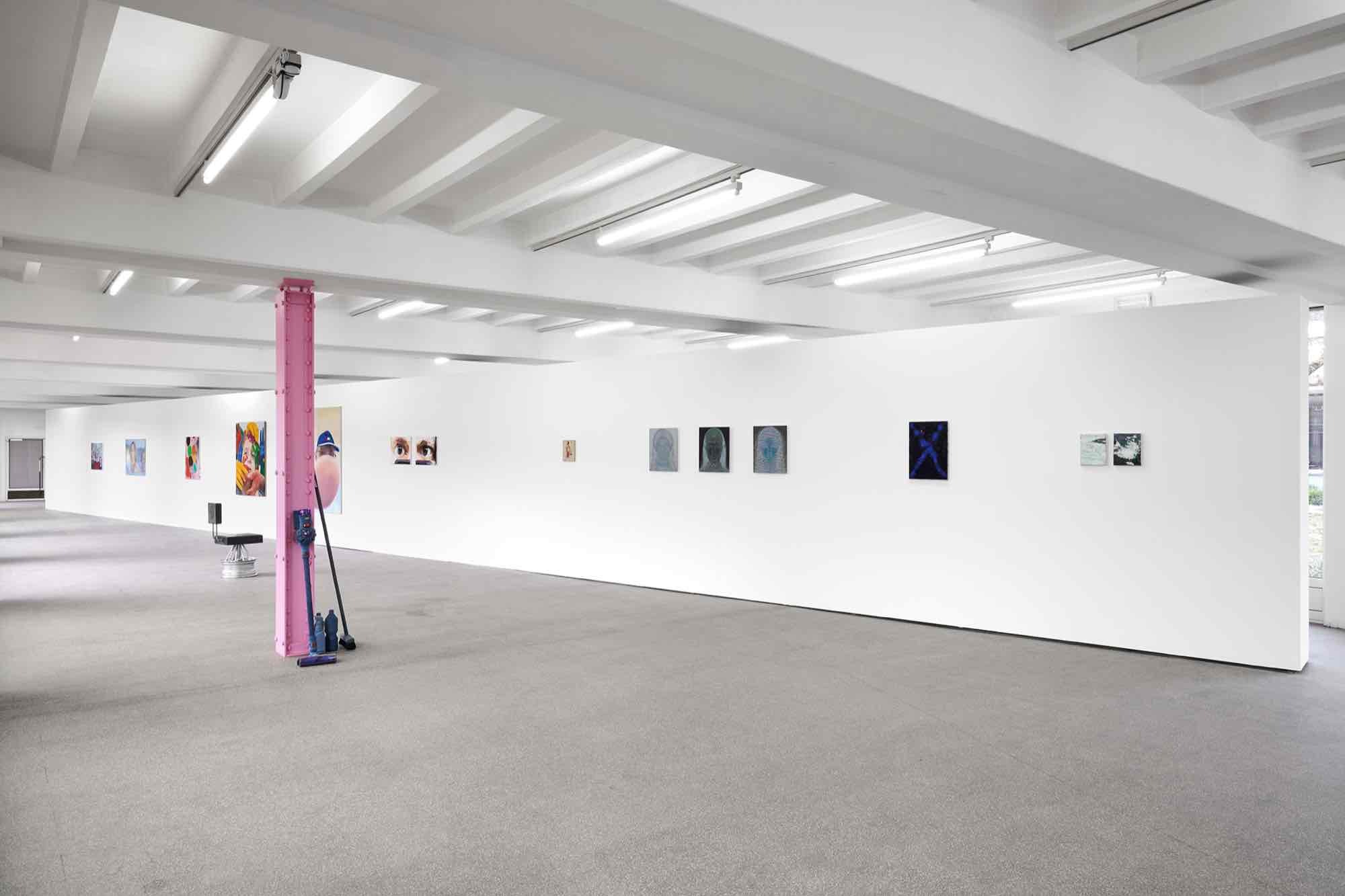

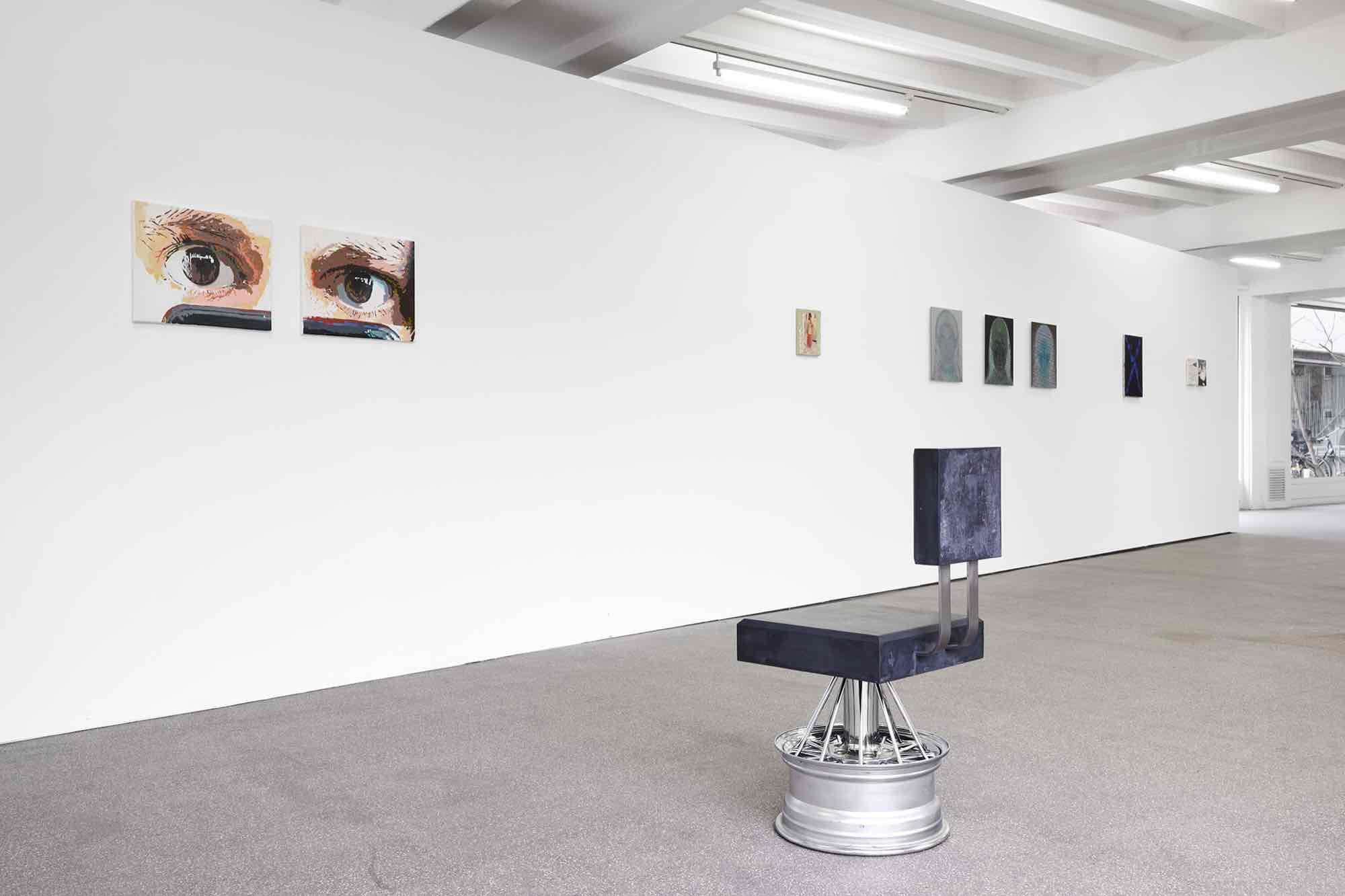
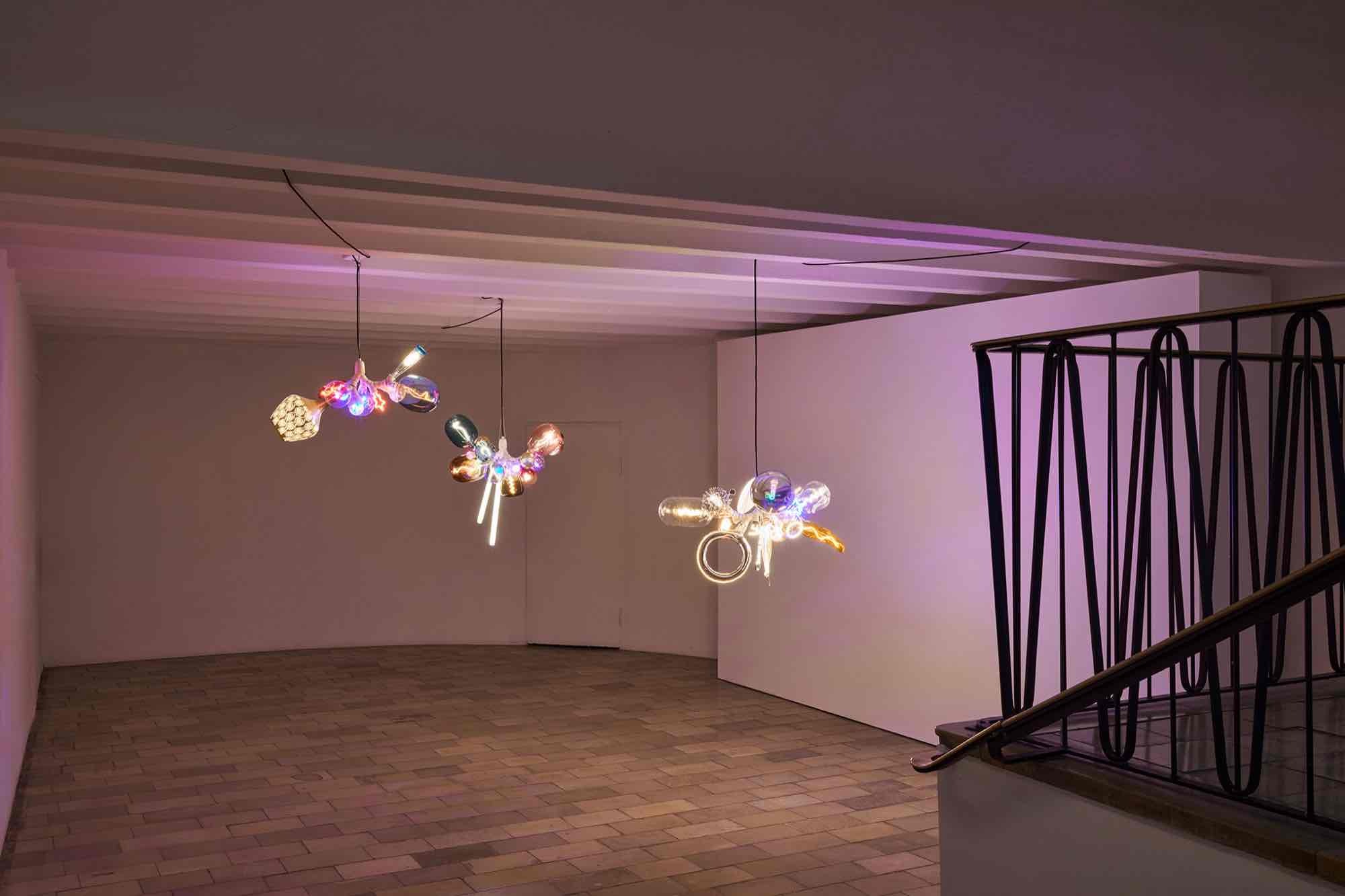
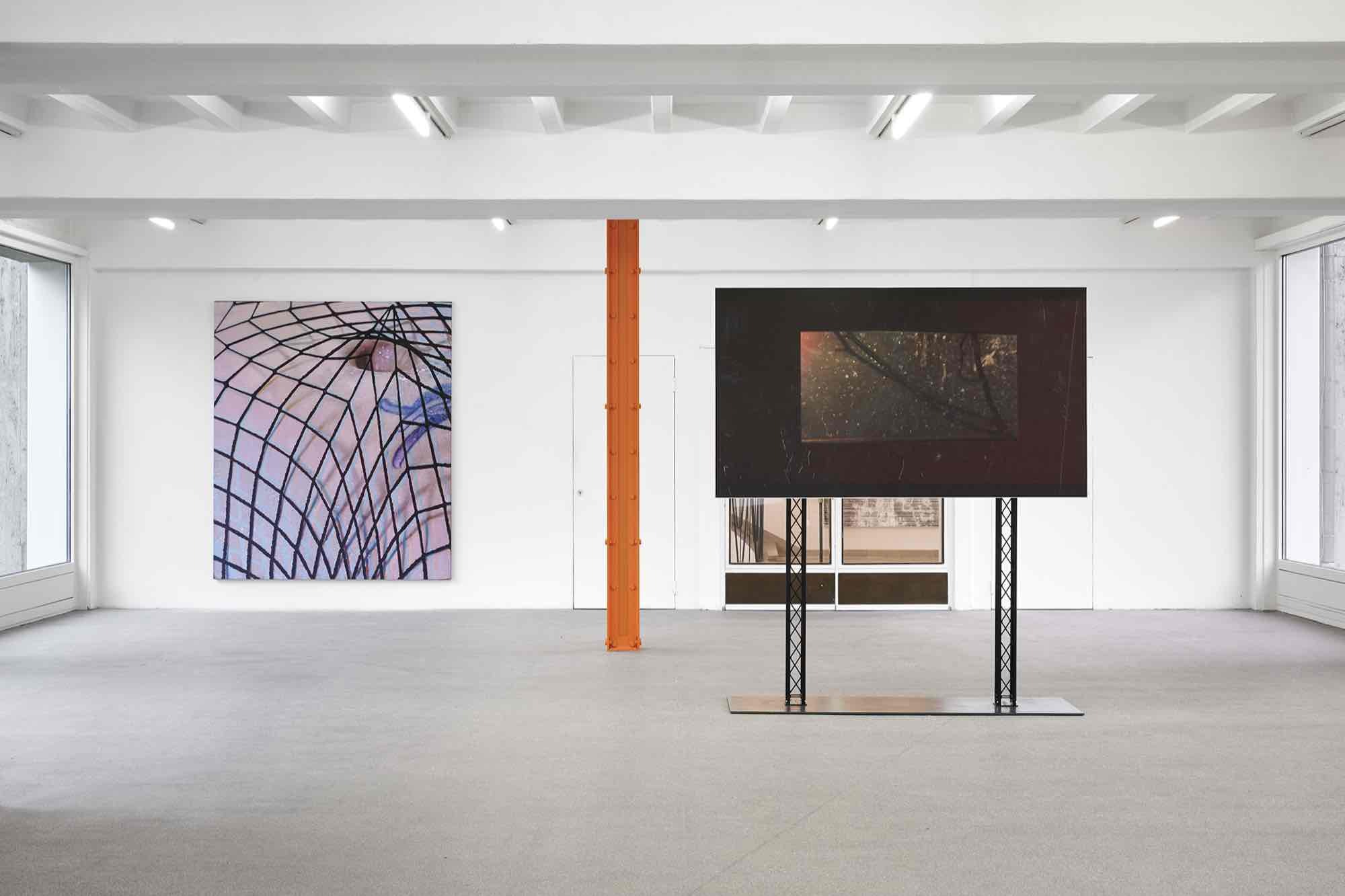
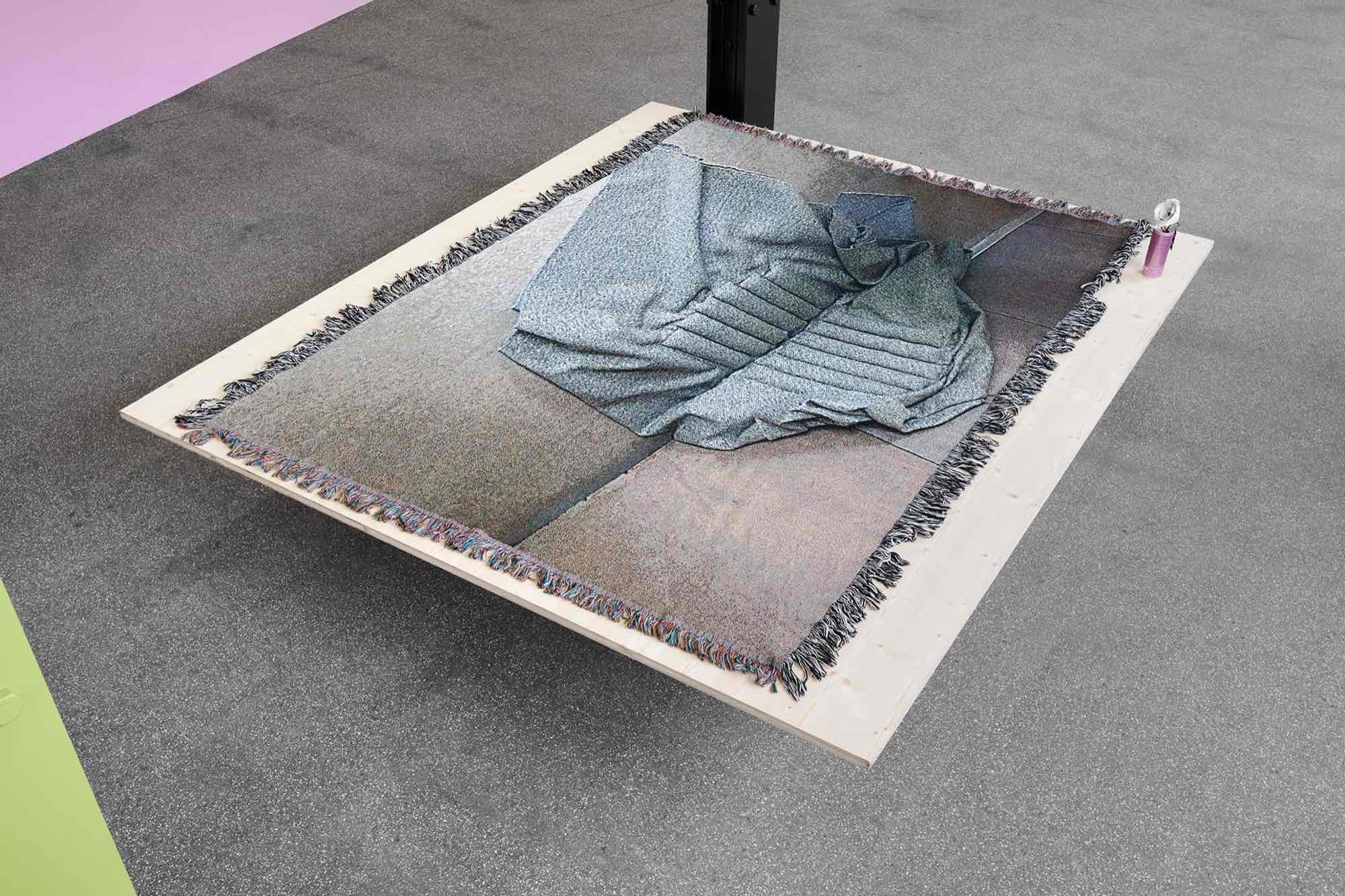

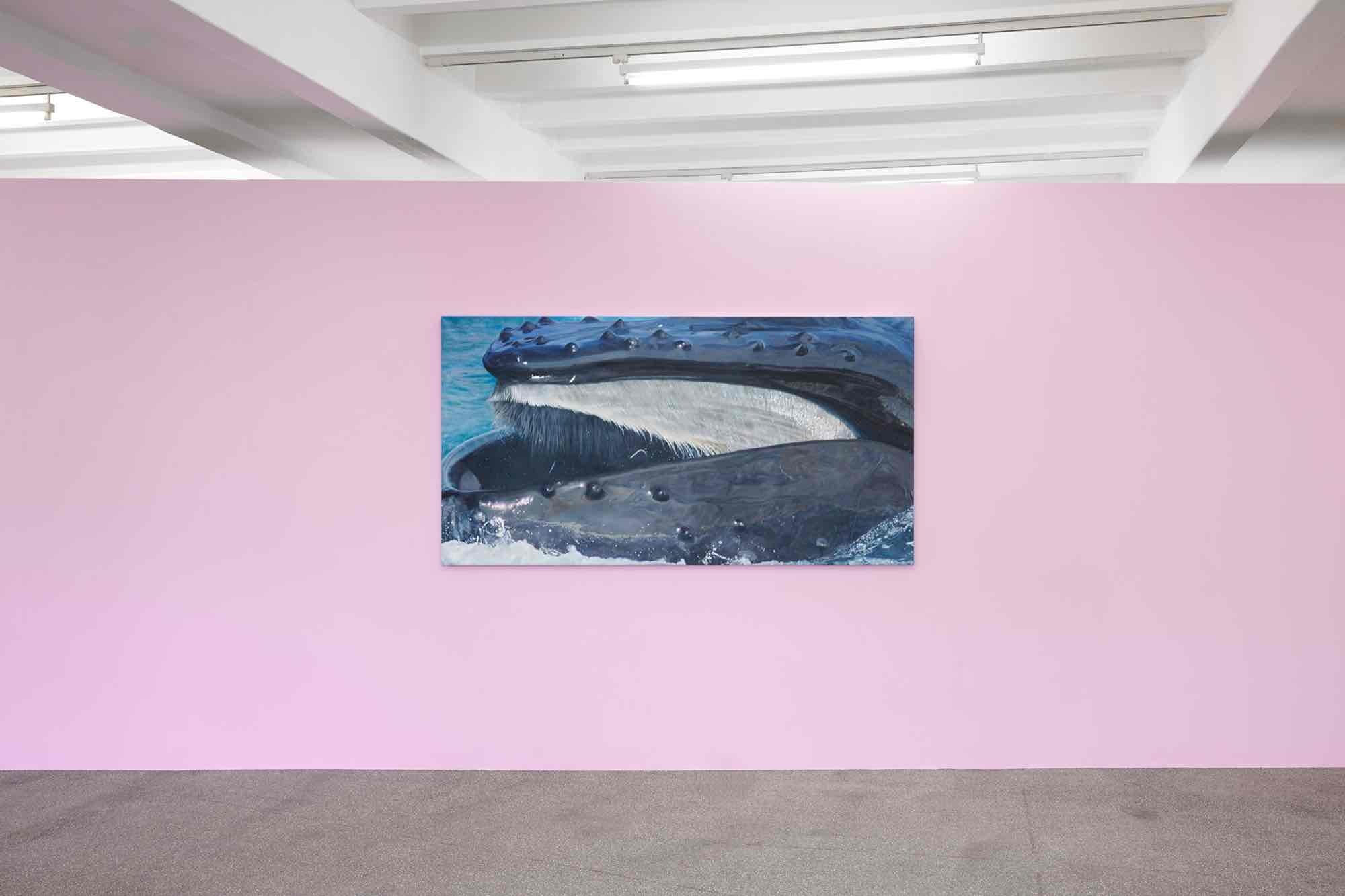
In the belly of the machine
Marie Angeletti, Monika Baer, BLESS, Vittorio Brodmann, Jakob Buchner, Milena Büsch, Merlin Carpenter, Matthias Groebel, Fischli Weiss, Hansi Fuchs, Sophie Gogl, Hamishi Farah, Jacqueline Humphries, Dozie Kanu, Nora Kapfer, Morag Keil, Emil Michael Klein, Maggie Lee, Lorenza Longhi, Alan Michael, Kaspar Müller, Vera Palme, Gunter Reski, Jean-Frédéric Schnyder, Dennis Scholl, Nolan Simon, Lucie Stahl, Megan Francis Sullivan, Alfred d’Ursel, Amelie von Wulffen, Jie Xu, Barbara Zenner, Damon Zucconi
Artificial intelligence is making great strides, generative systems are reaching new heights of image and text production. But what does it mean for painting if it can be produced by computing robots?
In the past, technological advances often marked the beginning of long periods in which art shed its skin in revolutionary transformation. Before these advances, human beings could still flatter themselves that the privilege of creating things was theirs alone. After them, when they suddenly found themselves overtaken by technology, they had to confront their own limitations. Impressionism emerged form art’s dialogue with the new invention of photography, while a great deal of postmodern painting was inspired by the experience of computers. Right now we stand at the dawn of another period of this kind, in which human-made art must struggle against its own reflection in technology. What are these machines capable of, and what are the limits of their capabilities? By posing the question of how they differ from machines, and by finding their own niche, human beings can engage with technology to achieve a better understanding of themselves.
In the current moment, when it has become unclear which of our abilities are specifically human, painting seems to be a particularly fertile medium. In circumstances where machines give the impression of objective perfection, doubt, imperfection and the hesitant hand become exciting again. And this after painters had been told for years that a sensuous connection to subjectivity only weakened their work. Art, it was claimed, had overcome the need for personal expression; and yet precisely this inheres in the imprint of every human hand. Which is not to say that current attempts seek to return to an unfractured subjectivity. On the contrary, they embrace a kaleidoscope of contradictions.
Although painters express themselves through their craft, they keep an eye on what machines are doing, sometimes using them as a source of inspiration, sometimes actively imitating them. If they pursue subjectivity, it is ultimately only to gain some distance from it.
There is also another contradiction that must be faced: subjective creativity has degenerated into a cliché of capitalist productivity. It is now spearheaded by the celebrated machines of AI, which endlessly produce an impersonal creativity. For the moment, however, they are poor at self-reflection, and in particular the lacerating negativity that keeps questioning itself until that strange something emerges which can be called art. Here, at least, humans are still in demand. The years in which they could stand by and idly watch machines do all the work have yet to begin. The creations of the human hand can fill this gap, although they remain ambiguous. But could there be anything more enticing than contradiction?
Curated by Valérie Knoll
